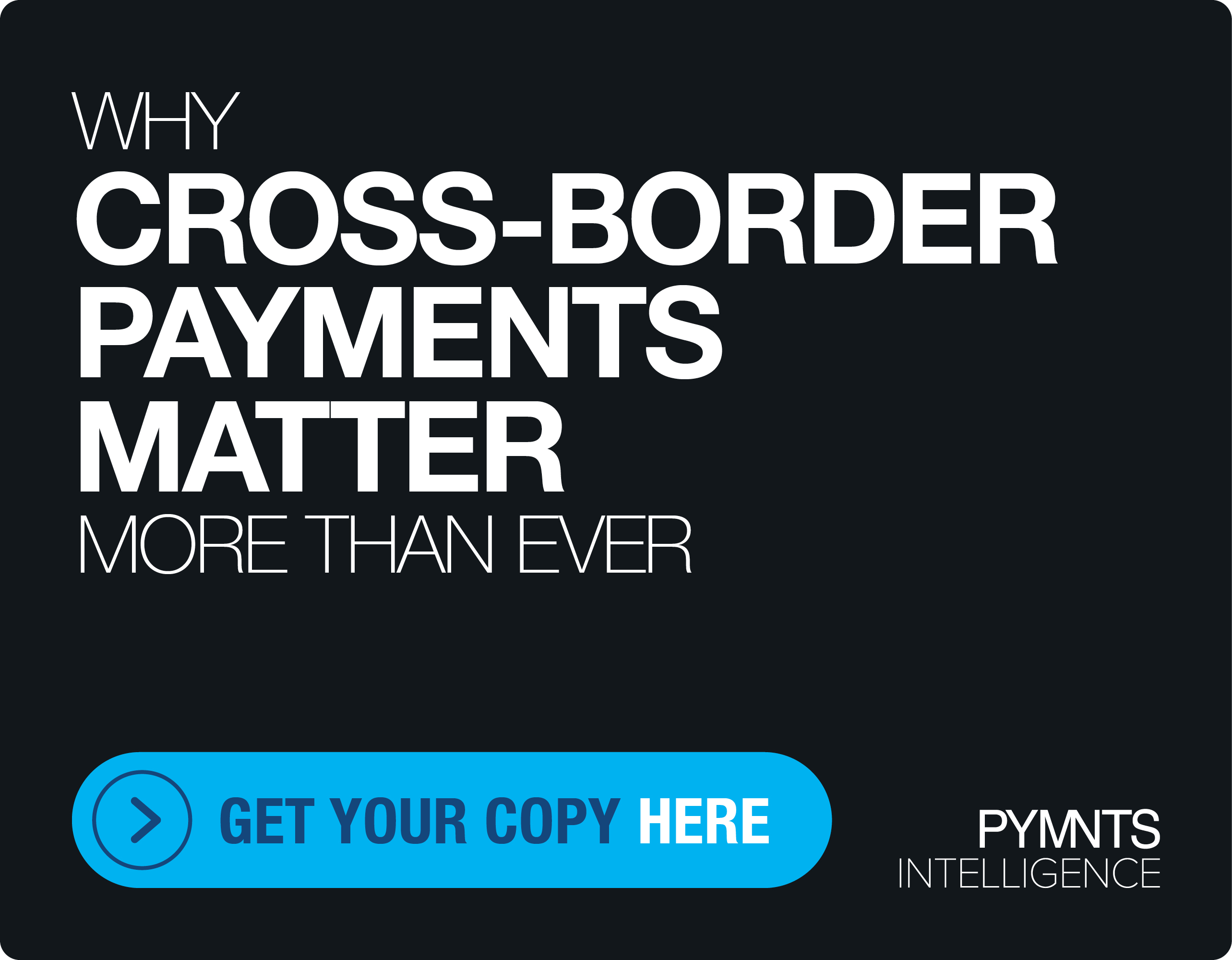BNPL, Decoupled Debit and the Great Interchange Debate

Decoupled debit cards are on the rise again, embraced by neobanks and other digital-first firms, buoyed in recent weeks and months by the continued demand for buy now, pay later (BNPL) options.
At a high level, these decoupled debit cards are ones that are not tied to any particular financial institution, but are linked to consumers’ bank accounts.
In theory, then, firms across all verticals can issue debit cards, including merchants and firms that would, like the neobanks, seek to challenge established incumbents.
As noted late last week, BNPL company Affirm announced the availability of a waitlist for its Affirm Debit+, the first debit card that will enable customers to pay over time.
The card can be used to buy items upfront and offers customers the option to pay for purchases between $100 and $1,000 in four installments without any fees or interest, according to the Affirm Debit+ website.
Read also: Affirm to Release Debit Card With Installment Payment Functionality
Decades in the Making
Decoupled debit, we note, has been around for a while.
In past years we have seen examples of the payment instrument from various corners of mainstream commerce. Perhaps among the most visible offerings has been the Target RedCard. Loyalty programs tied to these cards, as is the case with Target, which lets consumers earn 5 percent cash back, are aimed at helping cement customer use of the cards.
As noted by Karen Webster a few years ago when decoupled debit cards were enjoying another (pre-pandemic, of course) surge, Capital One had also joined the fray, among others. The first decoupled debit issuer, Tempo, came to market with its own offerings as the Millennium dawned. The company shuttered operations a decade ago in the wake of debit interchange regulations mandated by the Durbin Amendment.
And it is the interchange fee structure that may determine what happens to decoupled debit offerings over the near and longer term.
Proposed rulings may alter interchange so fee caps — mandated a decade ago through the Durbin amendment — would be extended to all card-not-present transactions. That cap, then (at 21 cents a transaction, plus 5 basis points of the value of the purchase plus a penny tied to anti-fraud costs) would extend to the neobanks, to the financial upstarts challenging traditional financial institutions. The line in the sand, we note, has been $10 billion — that’s the asset “threshold” that’s been in place where the caps become effective, and the line would be erased. Elsewhere, proposed debit changes would mean that issuers — which would include those firms offering decoupled debit cards — to offer two unaffiliated debit networks for processing.
The economics of the debit card, then, would become, well, less attractive for the neobanks if that $10 billion asset “threshold” were eliminated.
Putting a ceiling in place of merchant-related revenues — where, for example, Affirm “merchant network revenues” were $89 million of total $107 million in network, or about 83 percent — could tip some of the competitive firepower in favor of the banks, with outsized balance sheets with which to deploy capital. The great interchange debate moved forward, with some real top-line implications for neobanks.
